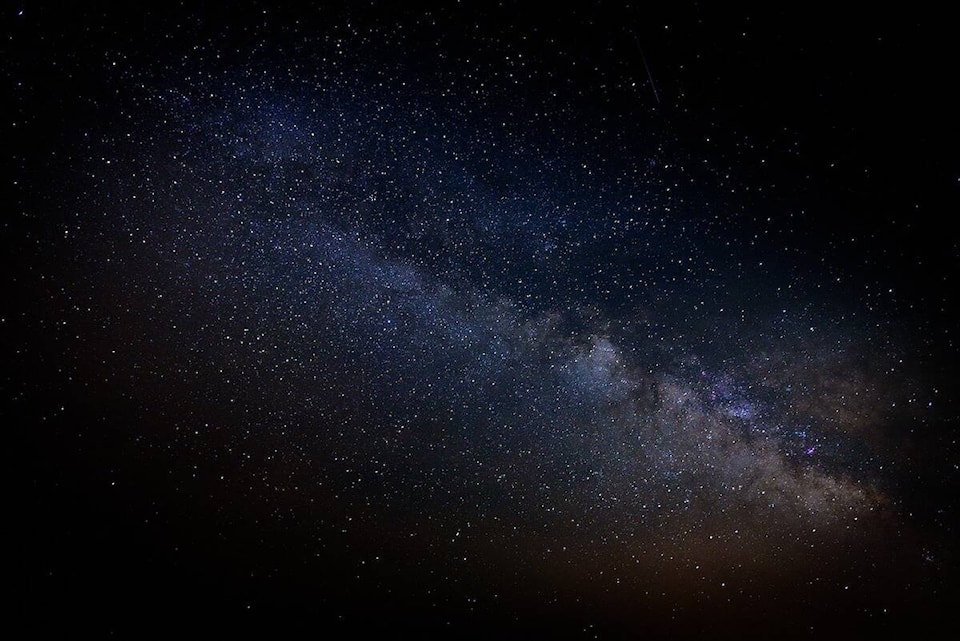An UBC Okanagan professor is venturing into uncharted territories with his latest study.
Dr. Mir Faizal and a team of international researchers are trying to blend Einstein’s theory of general relativity with quantum mechanics in their latest study, recently published in “Nature Reviews Physics.”
This approach could give new insights to the nature of time and space.
The universe can be explained on a large scale and a small scale. When explained at a large scale, it’s called general relativity while at a small scale, it’s described by quantum mechanics.
“It has not been possible to construct a complete theory of the universe, encompassing both quantum mechanics and general relativity. Physicists have long argued that any such theory cannot emerge from space and time.” said Faizel, a UBCO Faculty of Science adjunct professor of mathematics and physics.
“This mind-bending observation of space and time emerging from something that is neither space nor time challenges our conventional understanding of the universe. This is the reason why blending general relativity with quantum mechanics is so difficult.”
However, scientists have discovered it can be explained using water an as analogy.
“Water is made up of individual molecules,” said Faizal, who is also the scientific director of the Canadian Quantum Research Center. “Water also forms shapes like a whirlpool, when it is drained. However, at the scale of individual molecules no such shape exists, and this geometric shape is an emergent structure. Similarly, the geometrical shape of space and time is emergent.”
According to Faizal, the analogy explains how space and time can emerge in the concept of a theory that does not exist within the confines of either.
“Any attempt to construct quantum gravity seems to indicate that spacetime would emerge from something that exists neither in space nor in time. So, we are now looking at a physical theory which is beyond space and time.”
Researchers are continuing to use water to understand the emergence of space and time and it now allows them to further investigate quantum physics in relation to black holes.
Other scientists on this research team are: Dr. Samuel Braunstein from the University of York in the U.K., Dr. Lawrence Krauss, Dr. Francesco Marino from the National Institute of Optics in Italy and Dr. Naveed Shah from the Jamia Millia Islamia University in India.
READ MORE: A sign of ‘doing something right’: Kelowna business owner wins ethics award
READ MORE: Kelowna woman alleges Vernon hospital negligence led to son’s death



